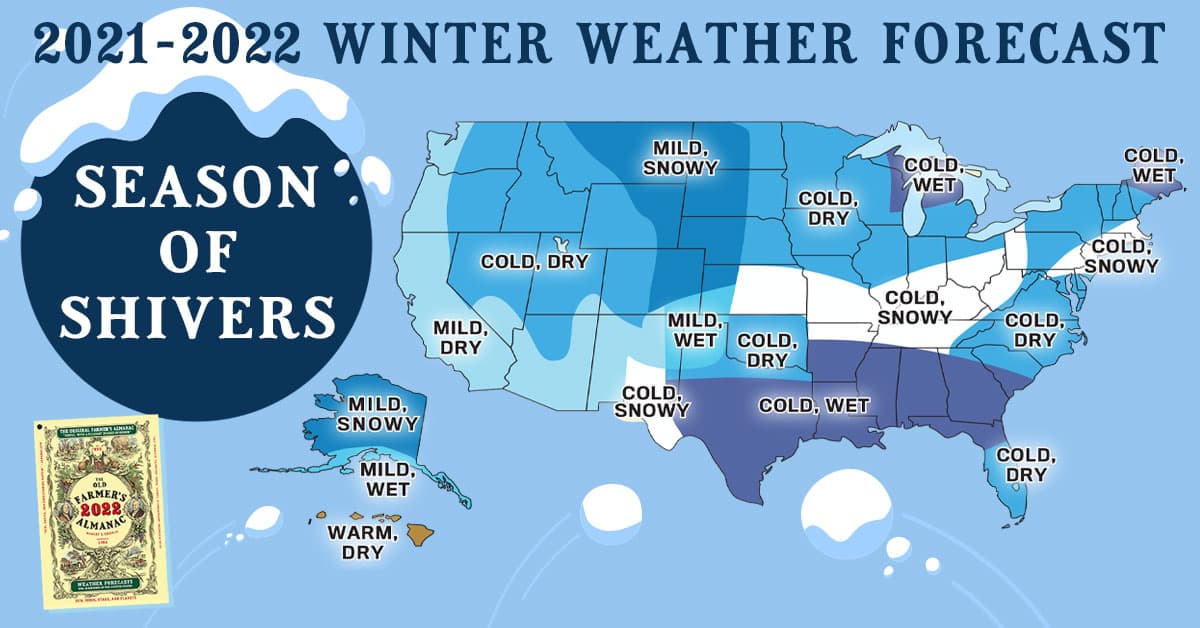
Guess what? It will snow this winter, I can promise you that. Yay! But what we all want to know is, how much? Well, the Old Farmer’s Almanac (not to be confused with the Farmer’s Almanac) has just released its long-range winter weather forecast for the 2021/22 season. For 230 years, the Almanac has been helping readers to prepare for winter’s worst with its 80 percent–accurate weather forecasts, in full, below:
Brrr! The 2022 Old Farmer’s Almanac comes with a winter warning: Prepare for a “Season of Shivers.” This winter will be punctuated by positively bone-chilling, below-average temperatures across most of the United States.
“This coming winter could well be one of the longest and coldest that we’ve seen in years.”
– Janice Stillman, editor of The Old Farmer’s Almanac
In some places, the super cold of the coming winter will also bring lots of snow. This extreme wintry mix is expected in areas of New England as well as throughout the Ohio Valley, in northern portions of the Deep South, and in southeast New Mexico.
Above-average snowfall is also in the forecast along a track from eastern Montana southward through the western halves of the Dakotas and into northeastern Colorado. While temperatures in this mid-country strip will be relatively normal, snowfall will be abundant, with several storms predicted throughout the winter.
Meanwhile, most western areas will remain relatively dry, with all but the Pacific Coast itself and portions of the Southwest experiencing the frigid cold predicted for much of the rest of the country.
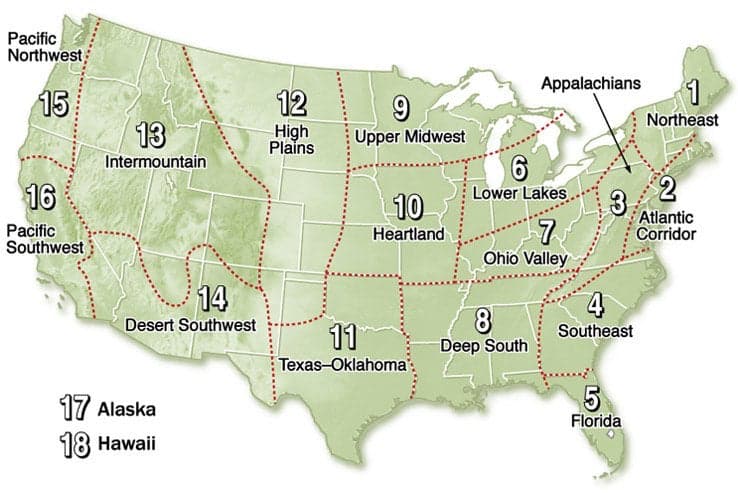
Northeast (Region 1)
Winter will be colder than normal, on average, with near- to below-normal snowfall. Precipitation will be above normal in the north and below normal in the south. The coldest periods will be in early December, early to mid- and late January, and mid-February, with the snowiest periods in mid- to late December, early January, and early and mid-February.
Atlantic Corridor (Region 2)
Winter temperatures and precipitation will be below normal, on average, with above-normal snowfall in the north and below-normal in the south. The coldest periods will be in early, mid-, and late December; mid-January; and early to mid-February. The snowiest periods will occur in mid- and late December, from early to mid-January, and in mid-March.
Appalachians (Region 3)
Winter will be colder and drier than normal, with near-normal snowfall. The coldest periods will be in early, mid-, and late December; through much of January; and in early and mid-February. The snowiest periods will be in early December, early January, and mid-February.
Southeast (Region 4)
Winter temperatures will be below normal, on average, with the coldest periods in mid- and late December, throughout much of January, and in early to mid-February. Precipitation will be below normal in the north and above normal in the south. Snowfall will be near normal, with the best chances for snow in mid- to late January and early to mid-February.
Florida (Region 5)
Winter will be cooler than normal, with the coldest temperatures in mid- and late December and mid-January and from late January into early February. Precipitation will be above normal in the north and below normal in the south.
Lower Lakes (Region 6)
Winter will be colder and drier than normal, with the coldest temperatures in mid- to late November, through most of December and January, and in early to mid-February. Snowfall will be near normal in most areas, although a few places south of the Lakes will have much-above-normal snowfall. The snowiest periods will be in late November, mid- and late December, early and mid- to late January, early to mid-February, and mid-March.
Ohio Valley (Region 7)
Winter will be colder than normal, with below-normal precipitation but above-normal snowfall, especially in the west. The coldest periods will occur in mid- to late November and through much of the period from mid-December through January. The snowiest periods will arrive in mid-December, early and mid-January, and mid- to late February.
Deep South (Region 8)
Winter will be colder than normal, on average, with the coldest periods in mid-December, early and mid- to late January, and early to mid-February. Rainfall will be near normal in the north and above normal in the south, with the best threats for snow in the north from late December into early January and in mid- to late January.
Upper Midwest (Region 9)
Winter temperatures will be below normal, on average, with the coldest periods in early, mid-, and late December; early and late January; and mid-February. Precipitation will be above normal in the east and below normal in the west, while snowfall will be below normal in most areas. The snowiest periods will be in late November, mid- to late December, mid- and late January, mid- and late February, and late March.
Heartland (Region 10)
Winter will be colder and drier than normal, on average, with the coldest periods in mid- and late December, early and late January, and early to mid-February. Snowfall will be below normal in the north and above normal in central and southern areas. The snowiest periods will be in late December, early January, and mid-February.
Texas-Oklahoma (Region 11)
Winter will be colder than normal, especially in the south, with the coldest periods in mid- to late November, mid- and late December, and early and late January. Precipitation will be below normal in the north and above normal in the south. Snowfall will be near normal, with the best chances for snow in early and late January, mainly in the north.
High Plains (Region 12)
Winter will be milder than normal, with the coldest periods in mid- to late November, late December, and early and mid- to late January. Precipitation will be near to slightly above normal, with snowfall above normal in the north and below normal in the south. The snowiest periods will be in mid- to late November, late December, early to mid-January, and the last third of March.
Intermountain (Region 13)
Winter will be slightly colder than normal as well as drier, with below-normal snowfall in most areas. The coldest periods will be in late November, late December, and early and late January, with the snowiest periods in late December, late January, and early March.
Desert Southwest (Region 14)
Winter will be colder than normal in the east, with above-normal precipitation, while the west will be slightly warmer and drier than normal. The coldest periods will be in mid- to late November, from late December into early January, and in late February. Snowfall will be above normal in most areas that normally receive snow, with the snowiest periods in late November, early December, and early January.
Pacific Northwest (Region 15)
Winter temperatures will be milder than normal, with below-normal precipitation and snowfall. The coldest periods will occur in early December, from late December into early January, and in mid-January and early March. The snowiest periods will occur in late December and early March.
Pacific Southwest (Region 16)
Winter will be warmer and drier than normal, with below-normal mountain snows. The coldest temperatures will occur from mid-December into mid-January, in mid-February, and in early March. The stormiest period will be in late December.
Alaska (Region 17)
Winter temperatures will be milder than normal, with the coldest periods in mid- to late January, late February, and early March. Precipitation will be near normal N and above normal S. Snowfall will be above normal in all areas but the south, with the snowiest periods in early November and mid- to late January.
Hawaii (Region 18)
Winter temperatures will be warmer than normal, with the coolest periods in mid- to late December and mid- to late March. Rainfall will be below normal, with the stormiest periods in early December, late January, and early March.

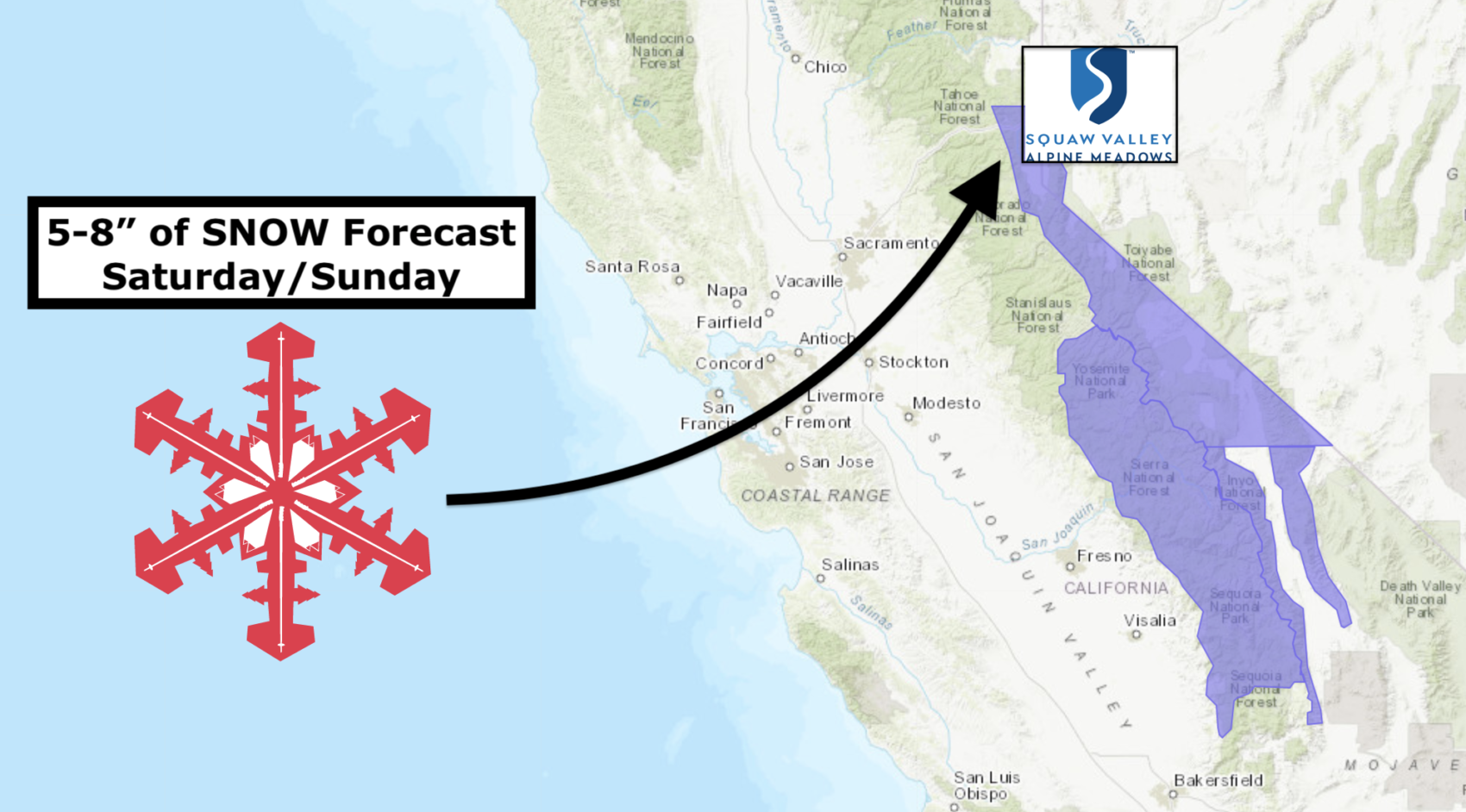
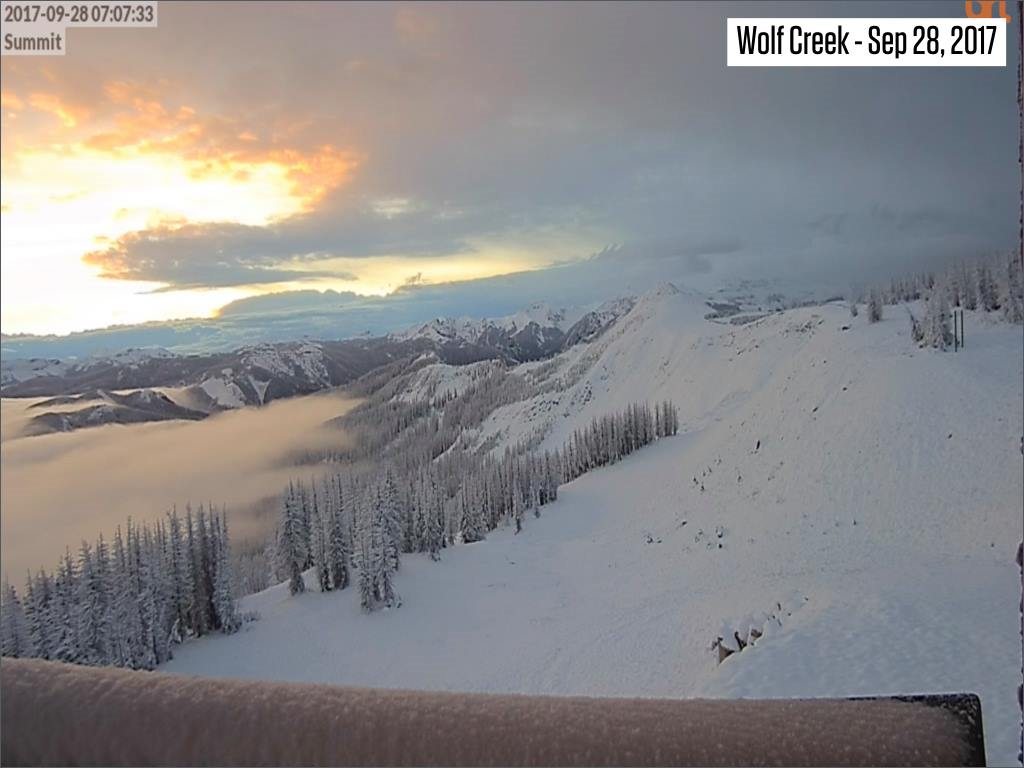
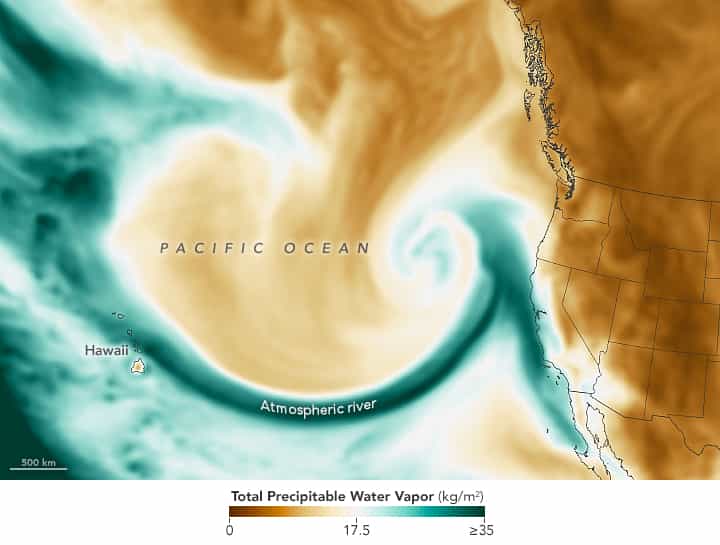
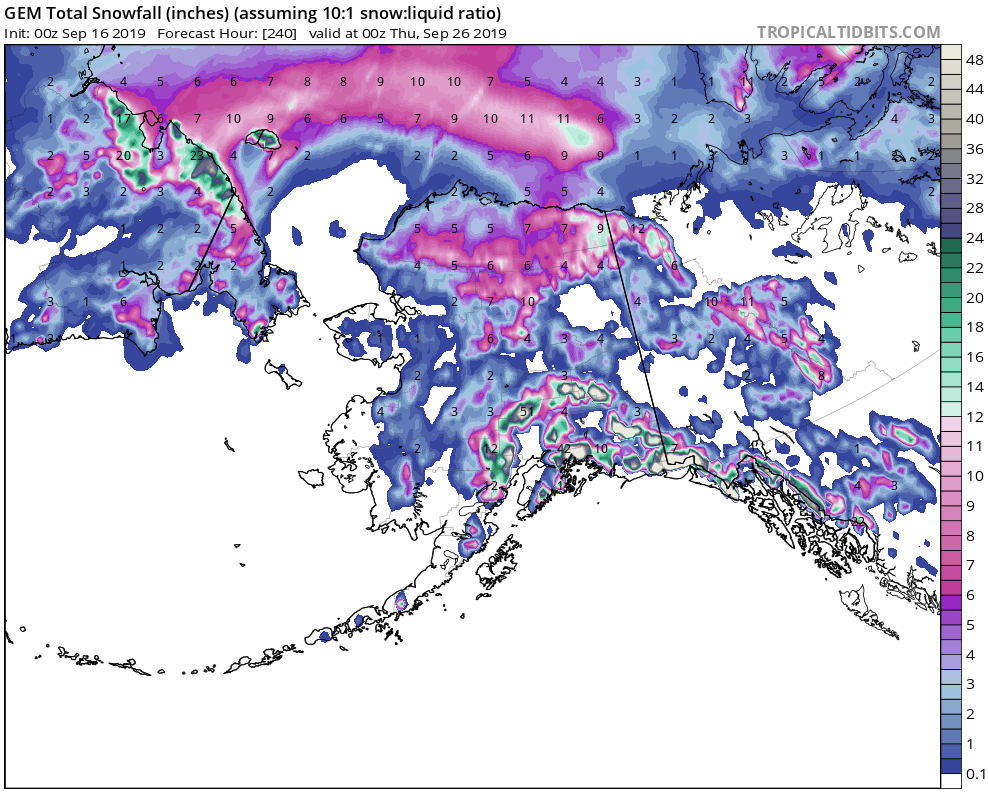
How far down is our ground water in Big Bend WI 53103 from 2020 , My sub pumps in my basement have not ran for a year , I,m thinking we are down 8 inch or more this year . Please let me know , Thank you
Big deal and so what if it colder and snowy more than average.
Can we get another opinion here in NorCal?